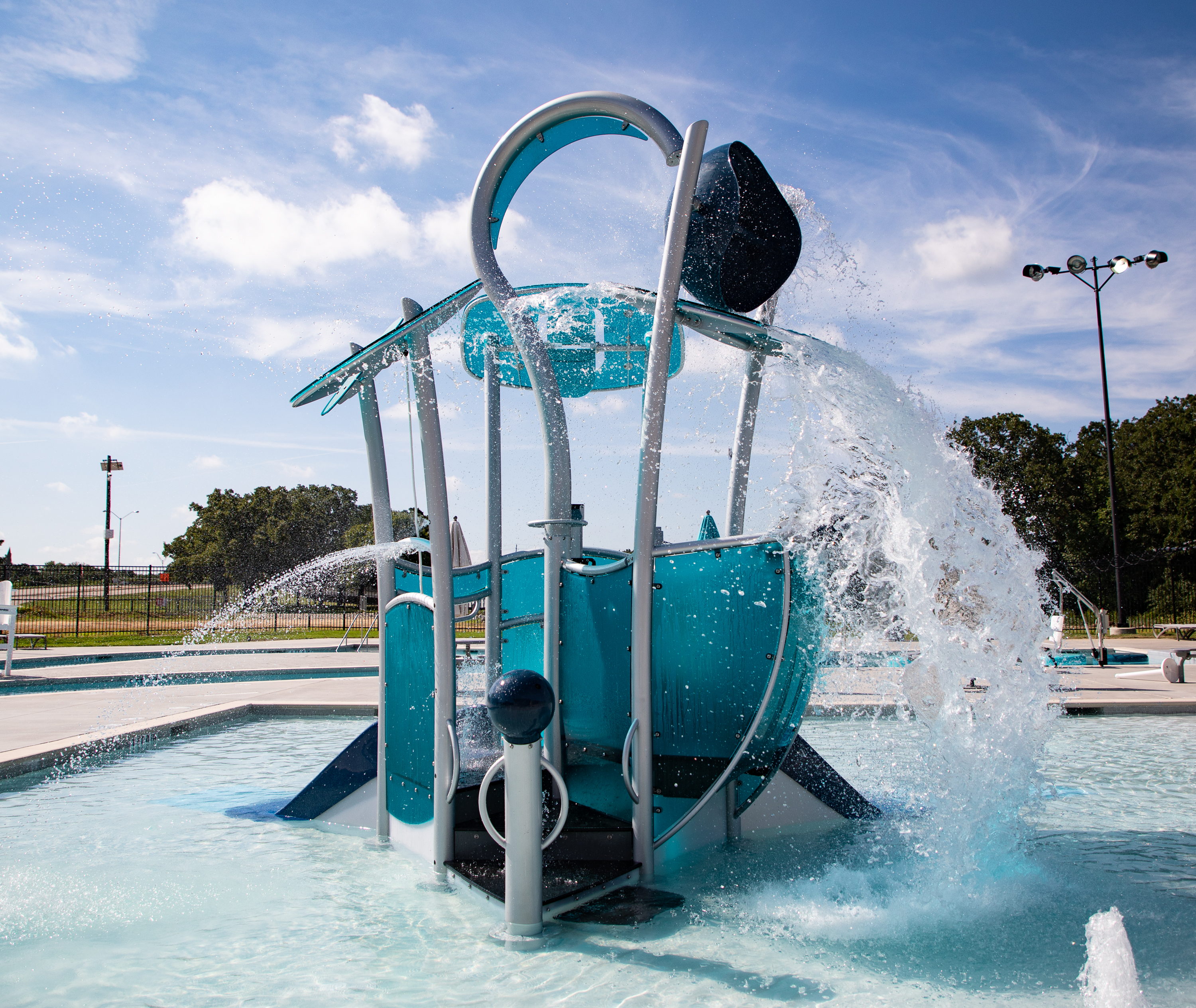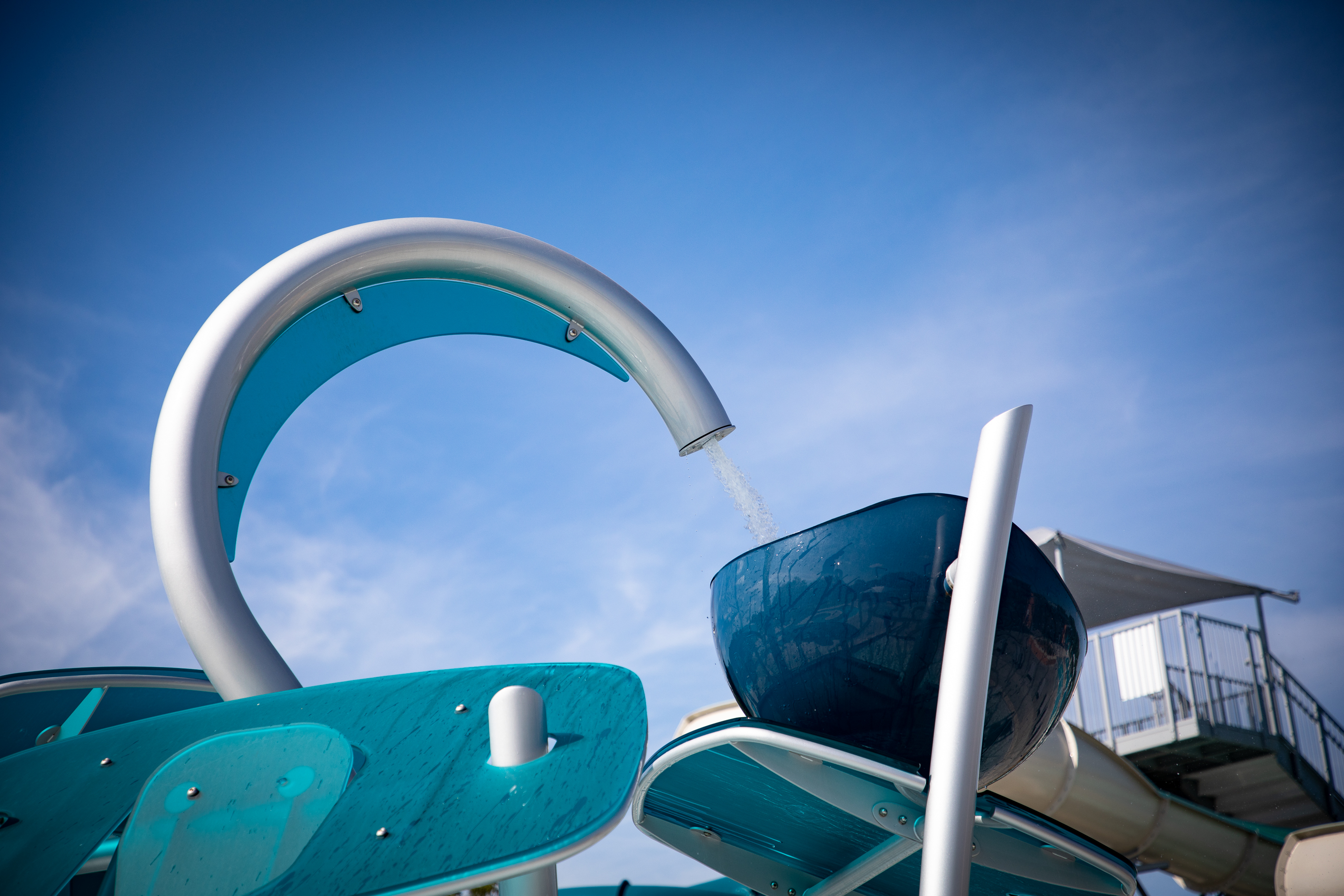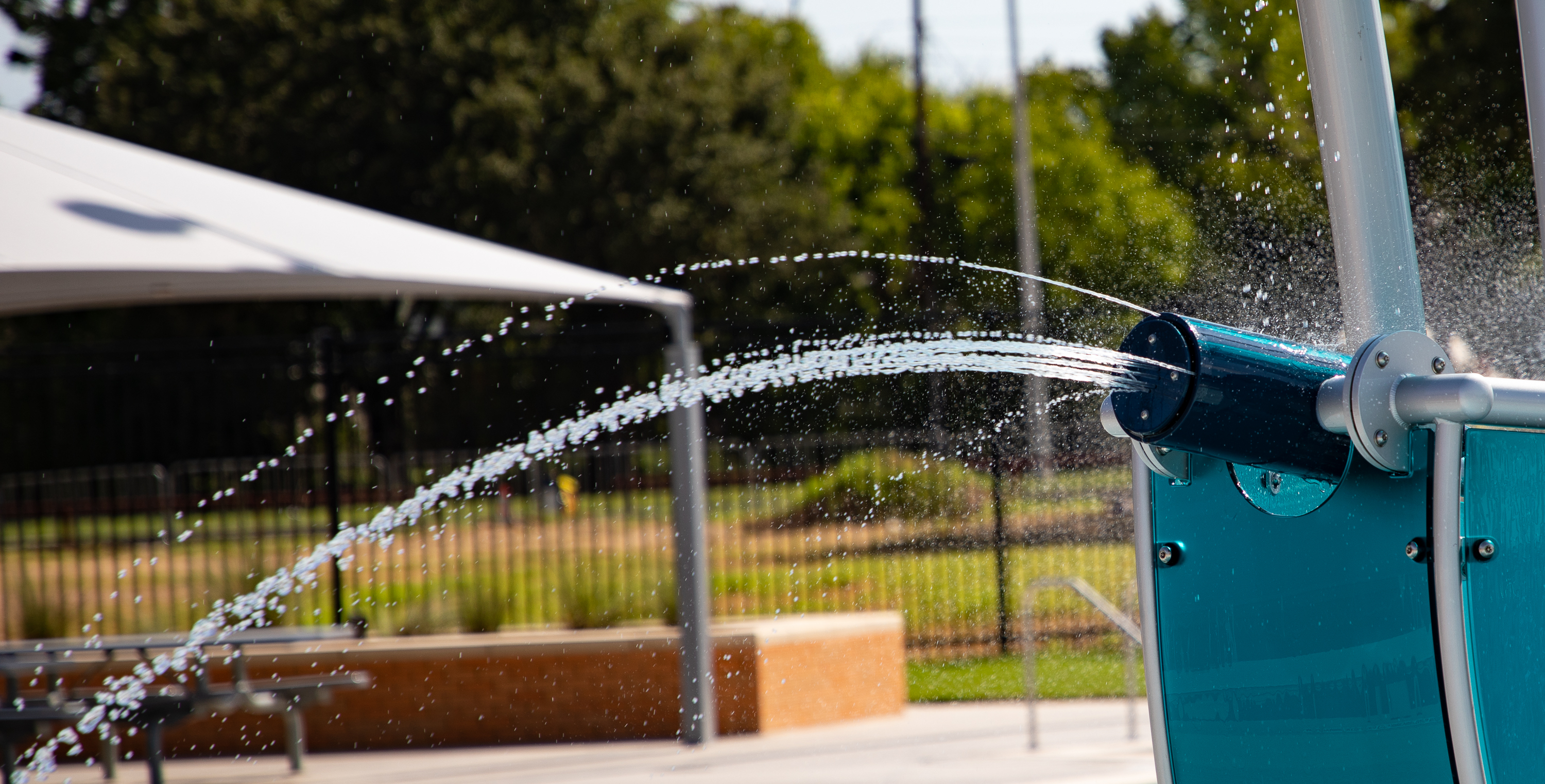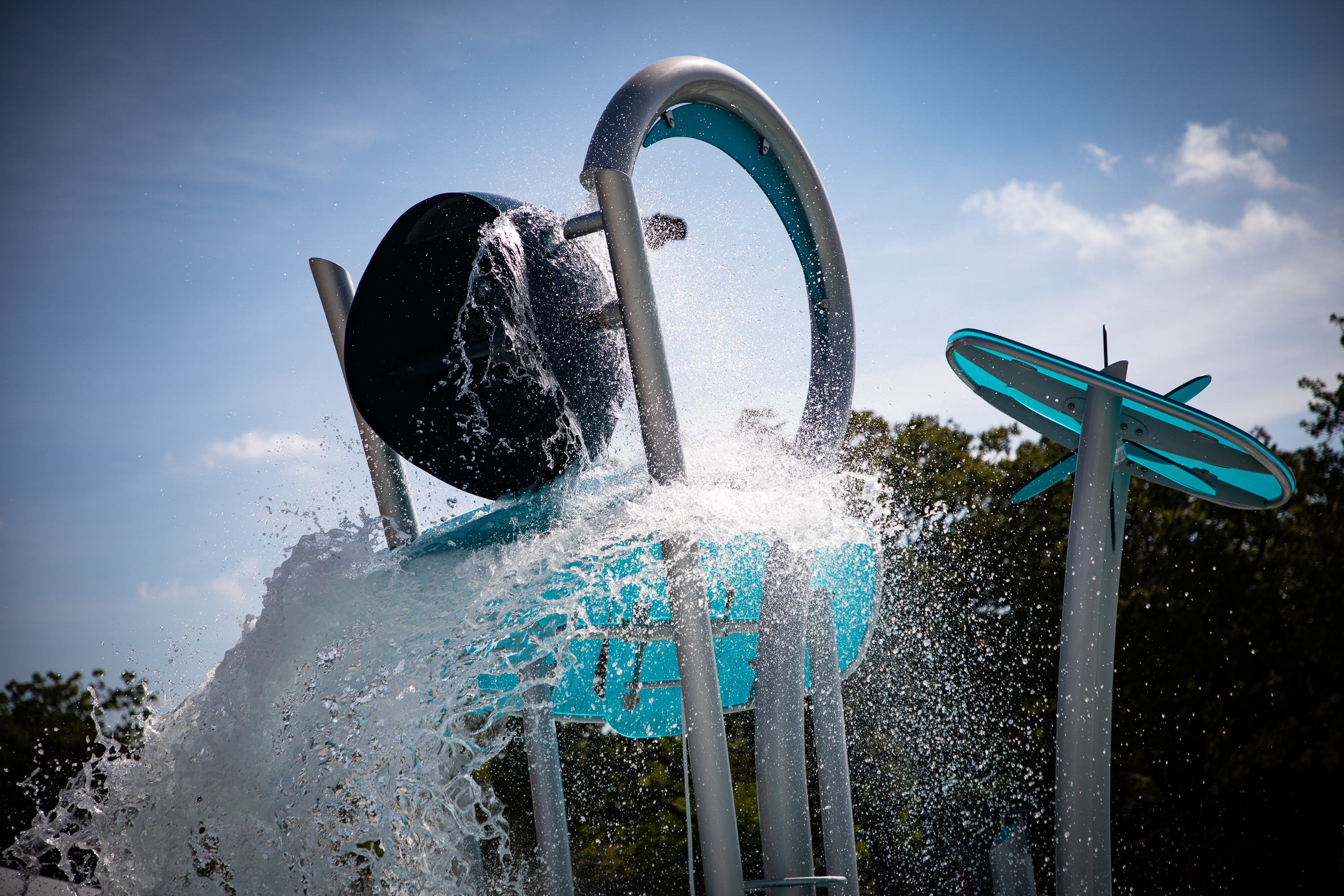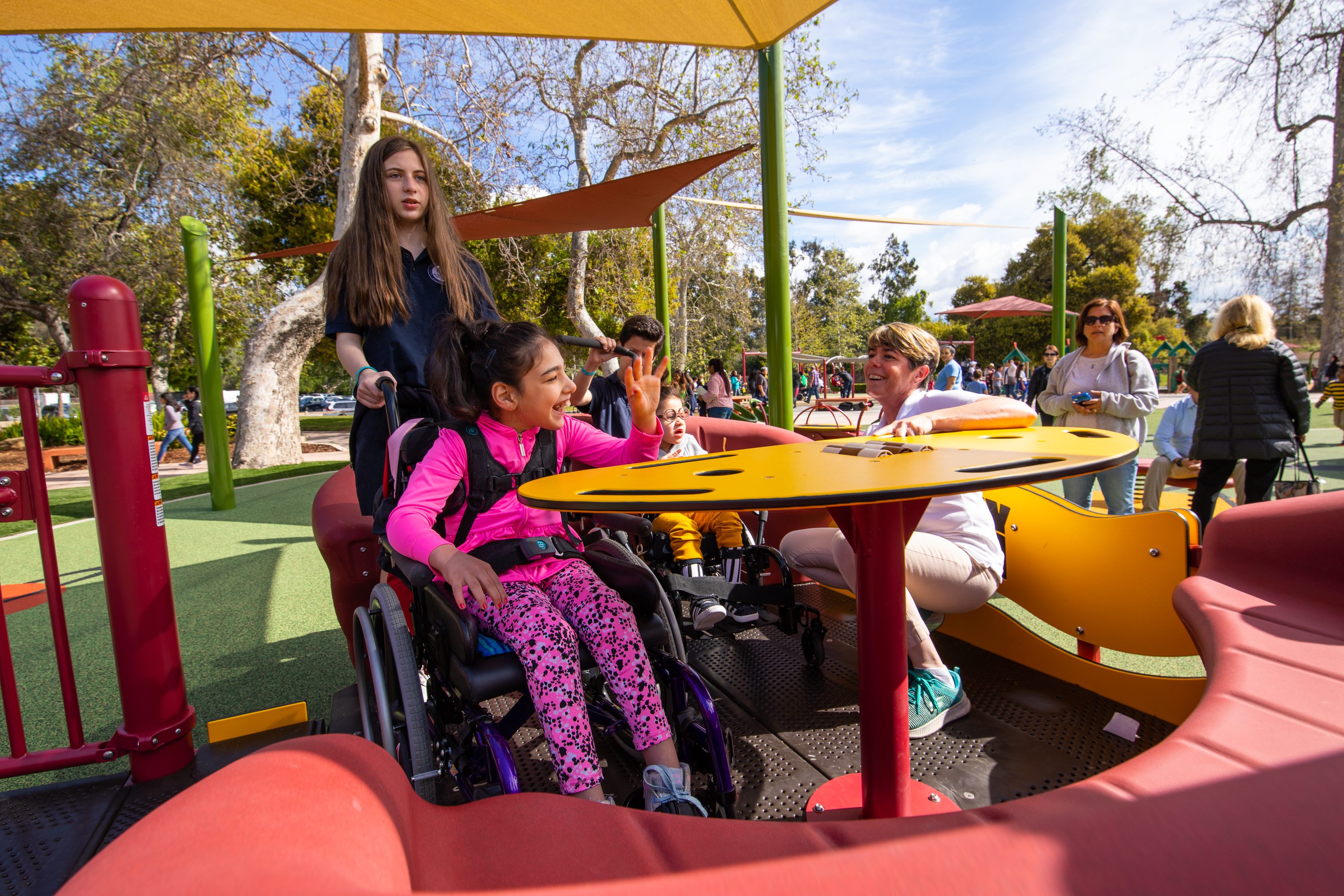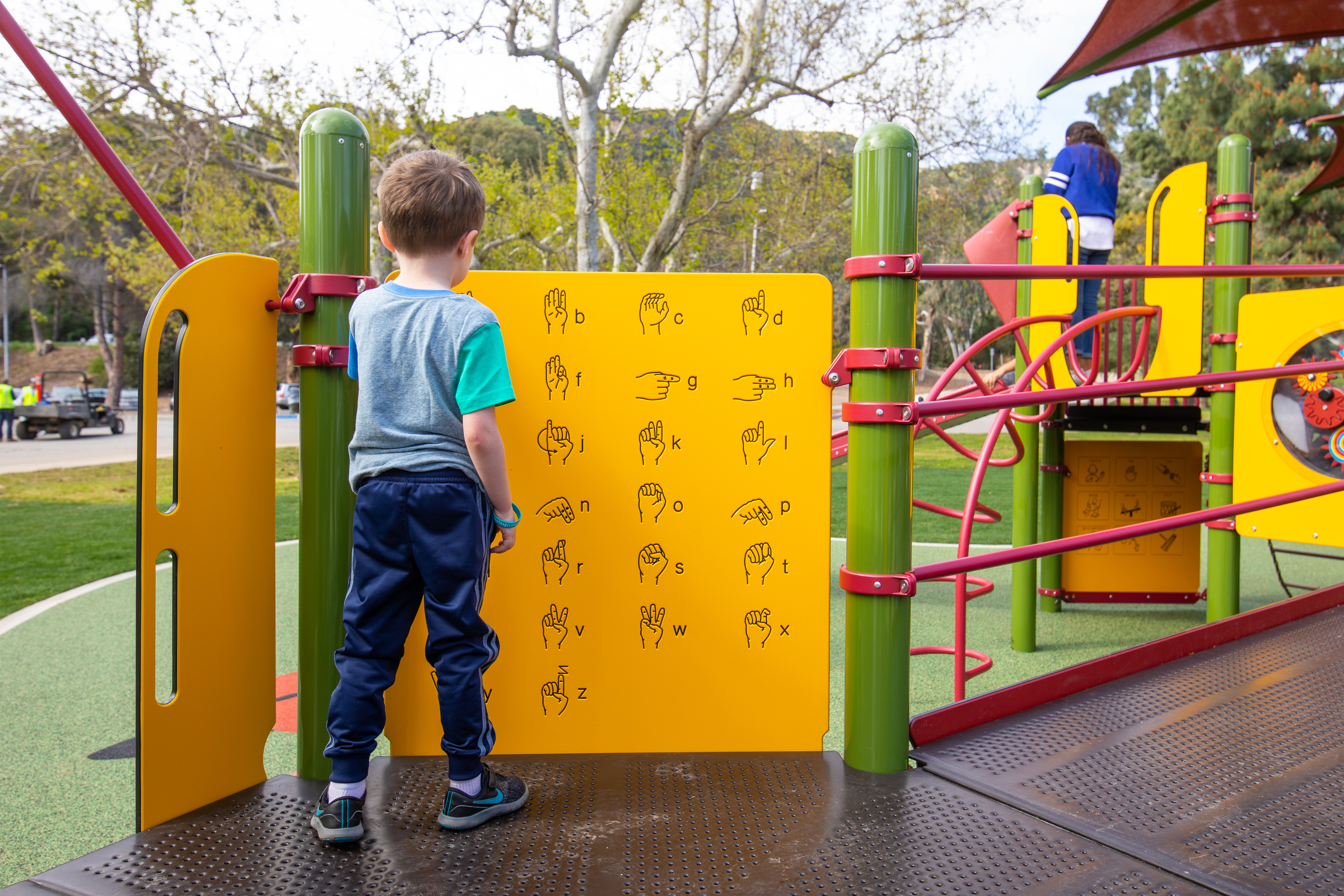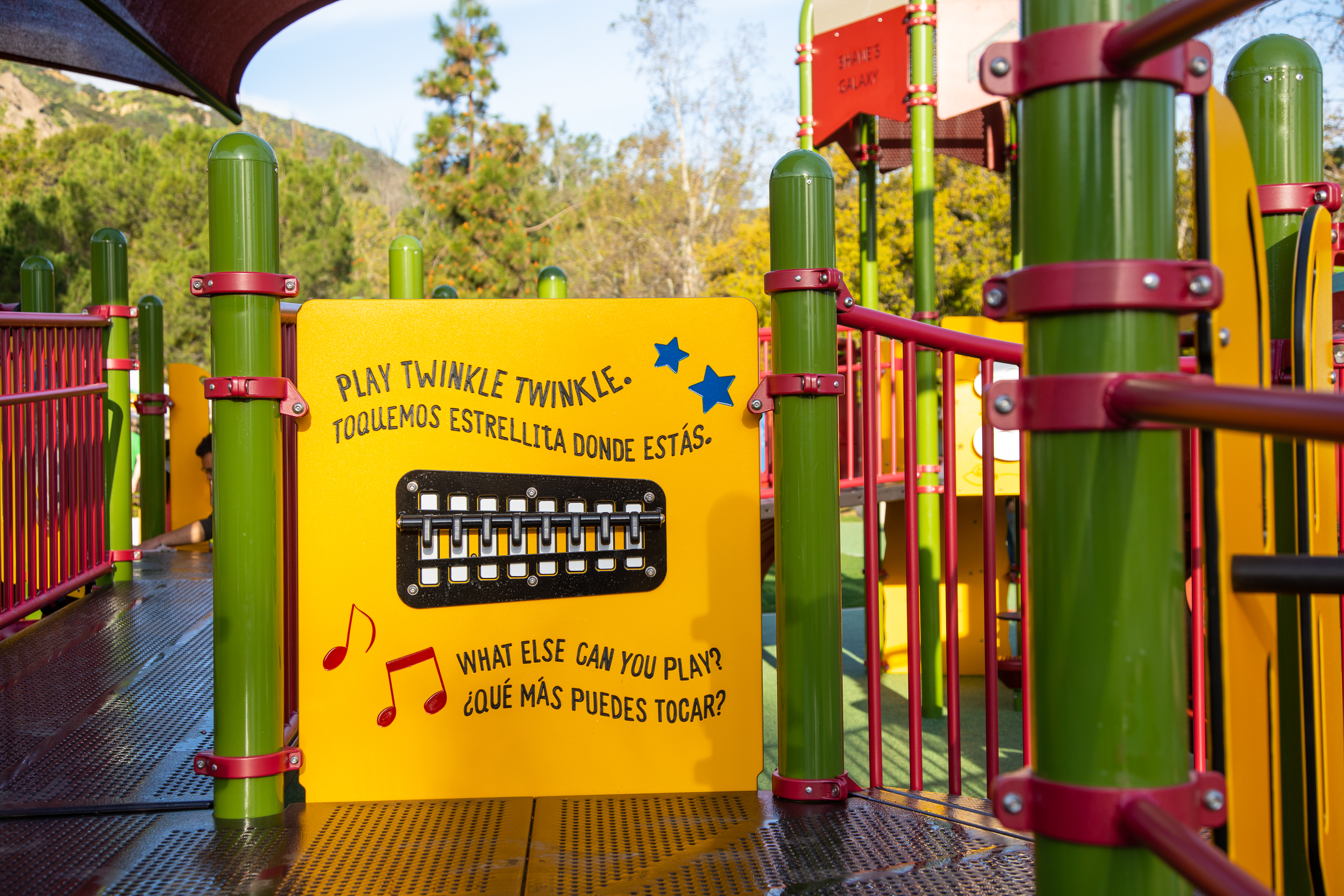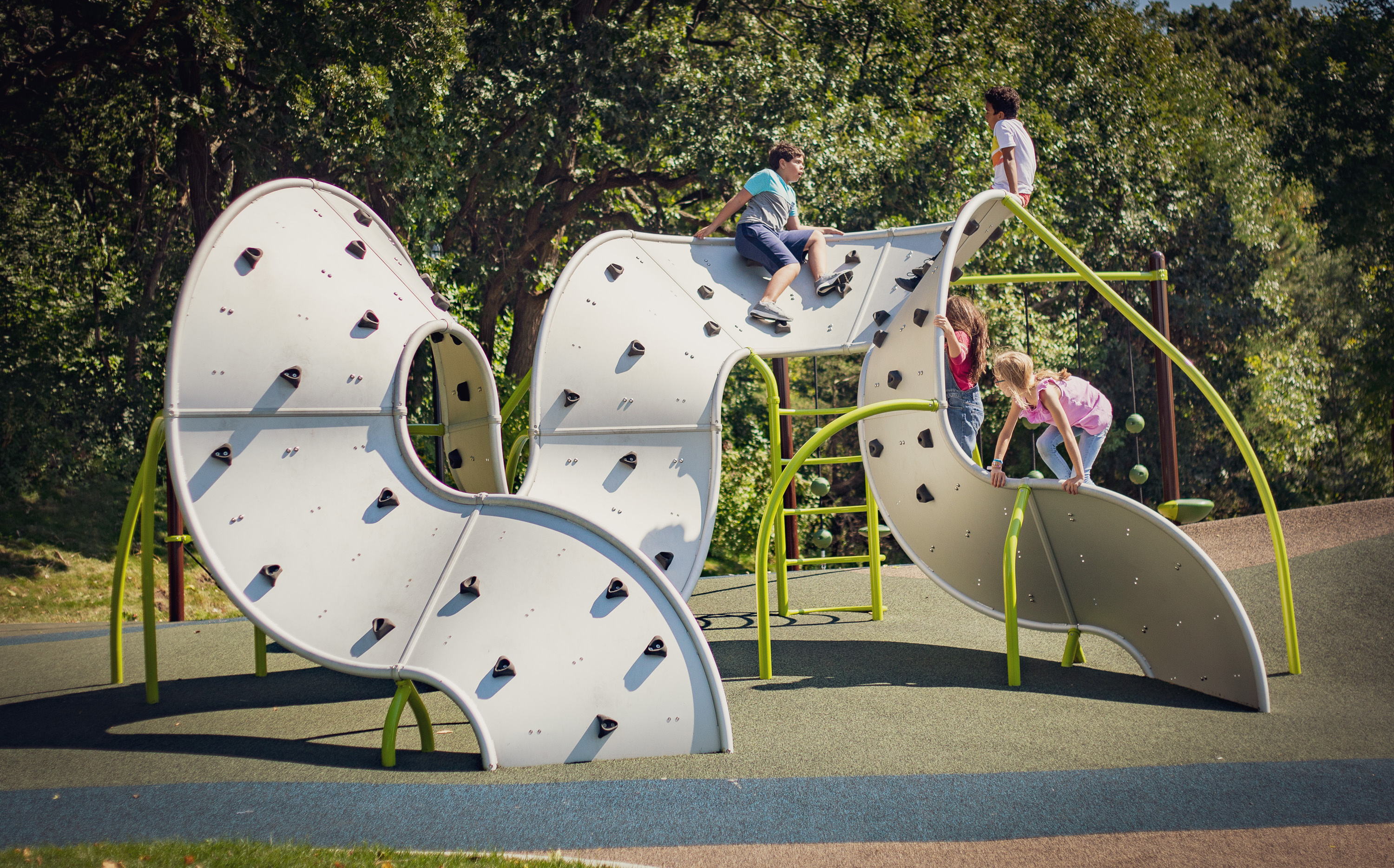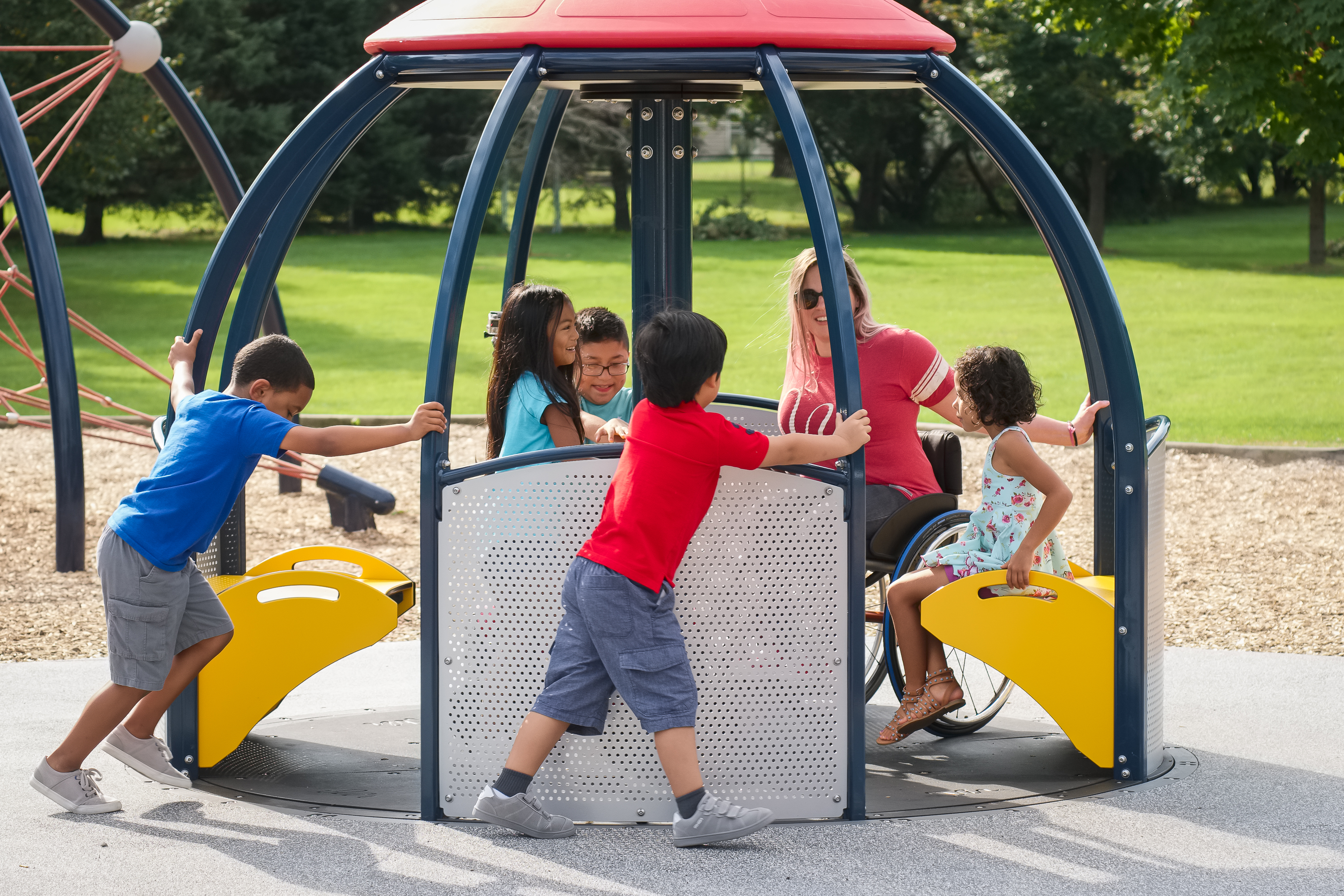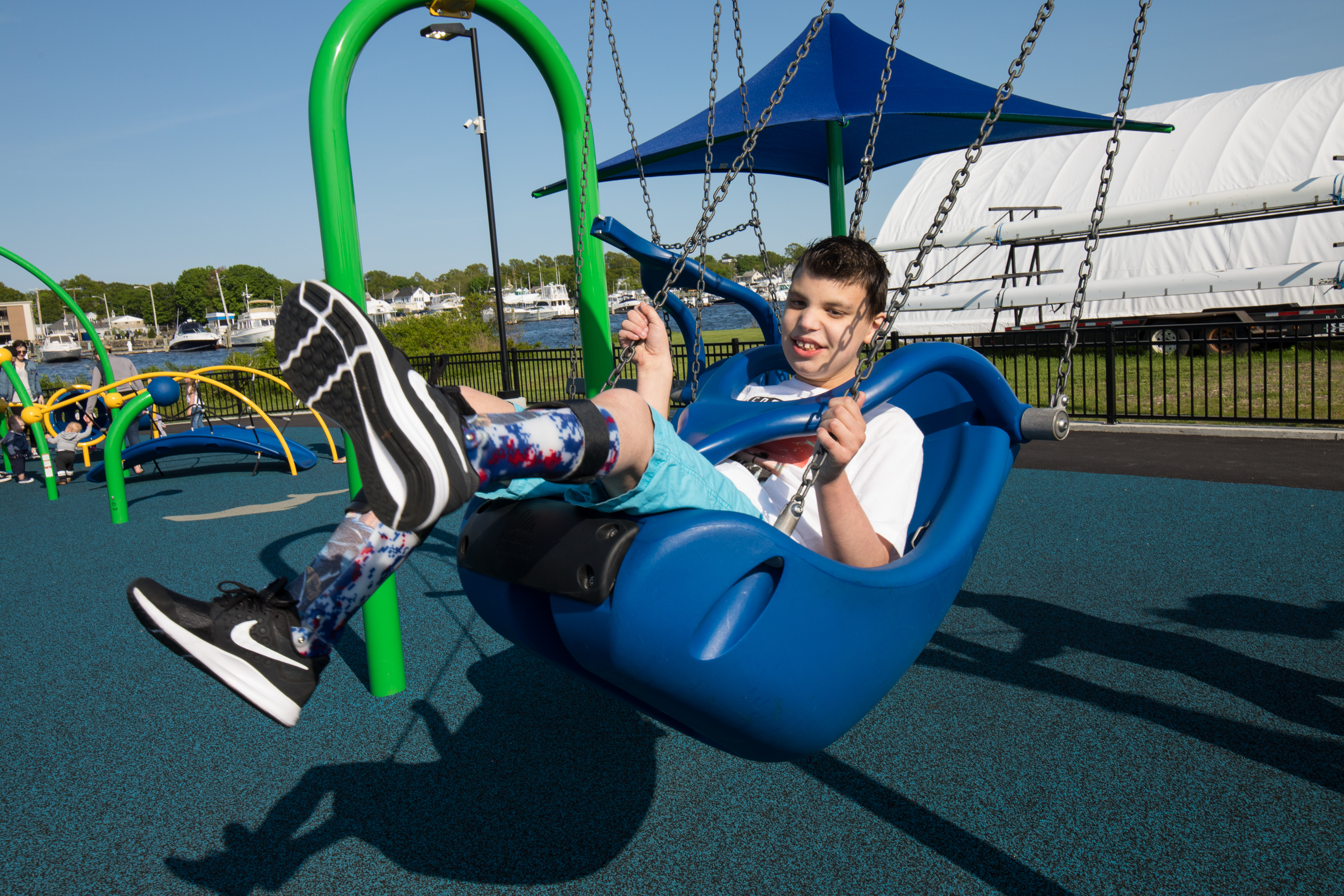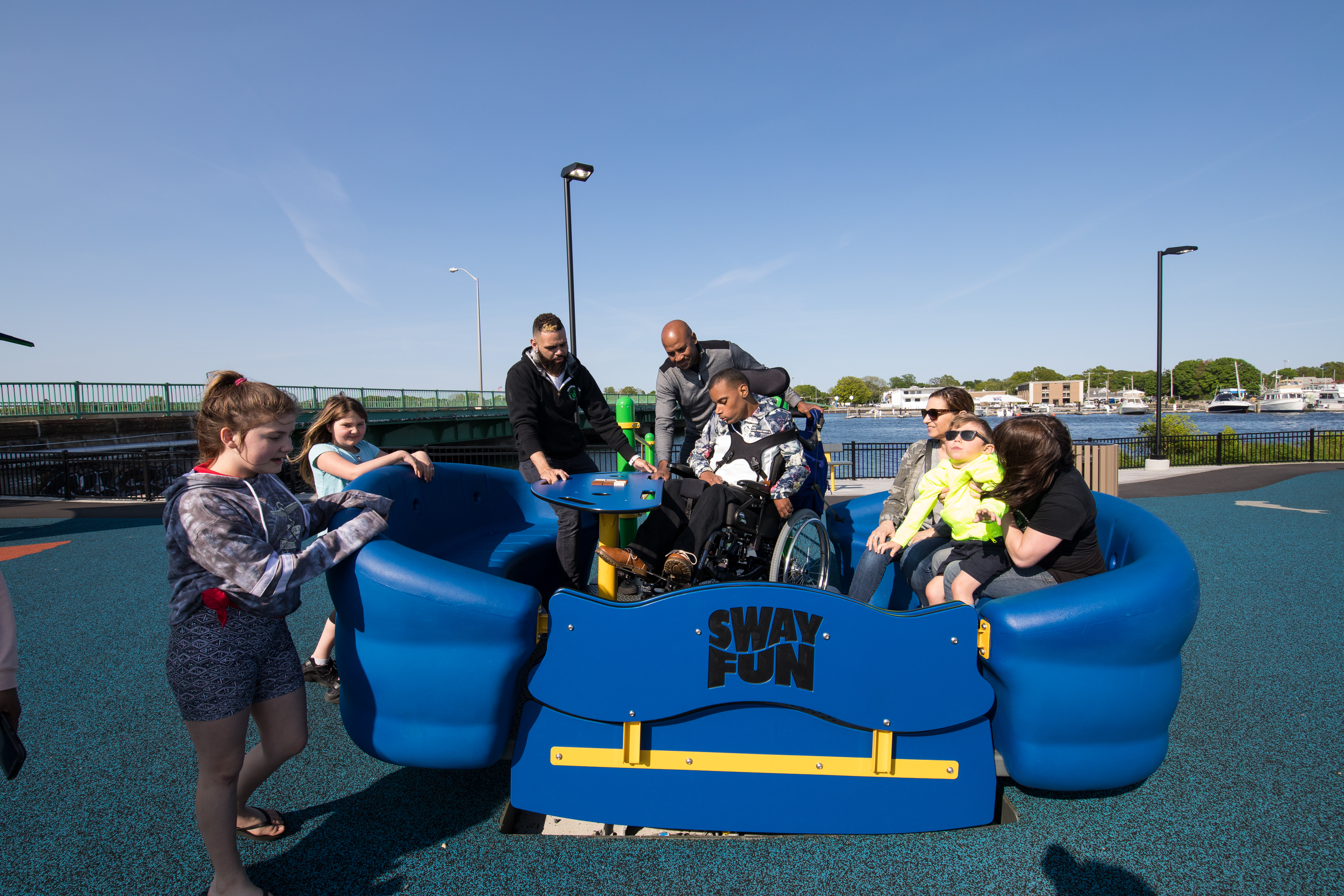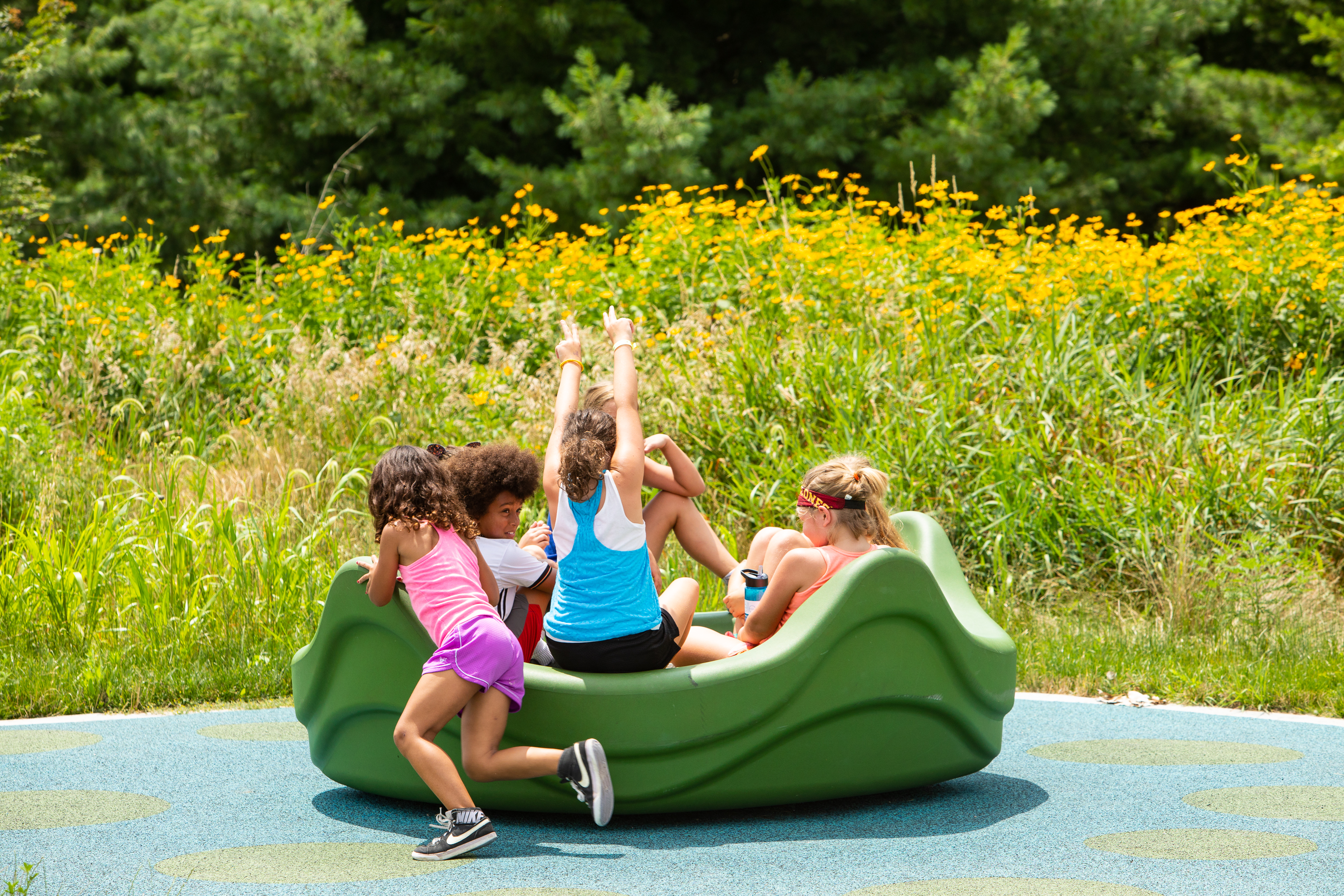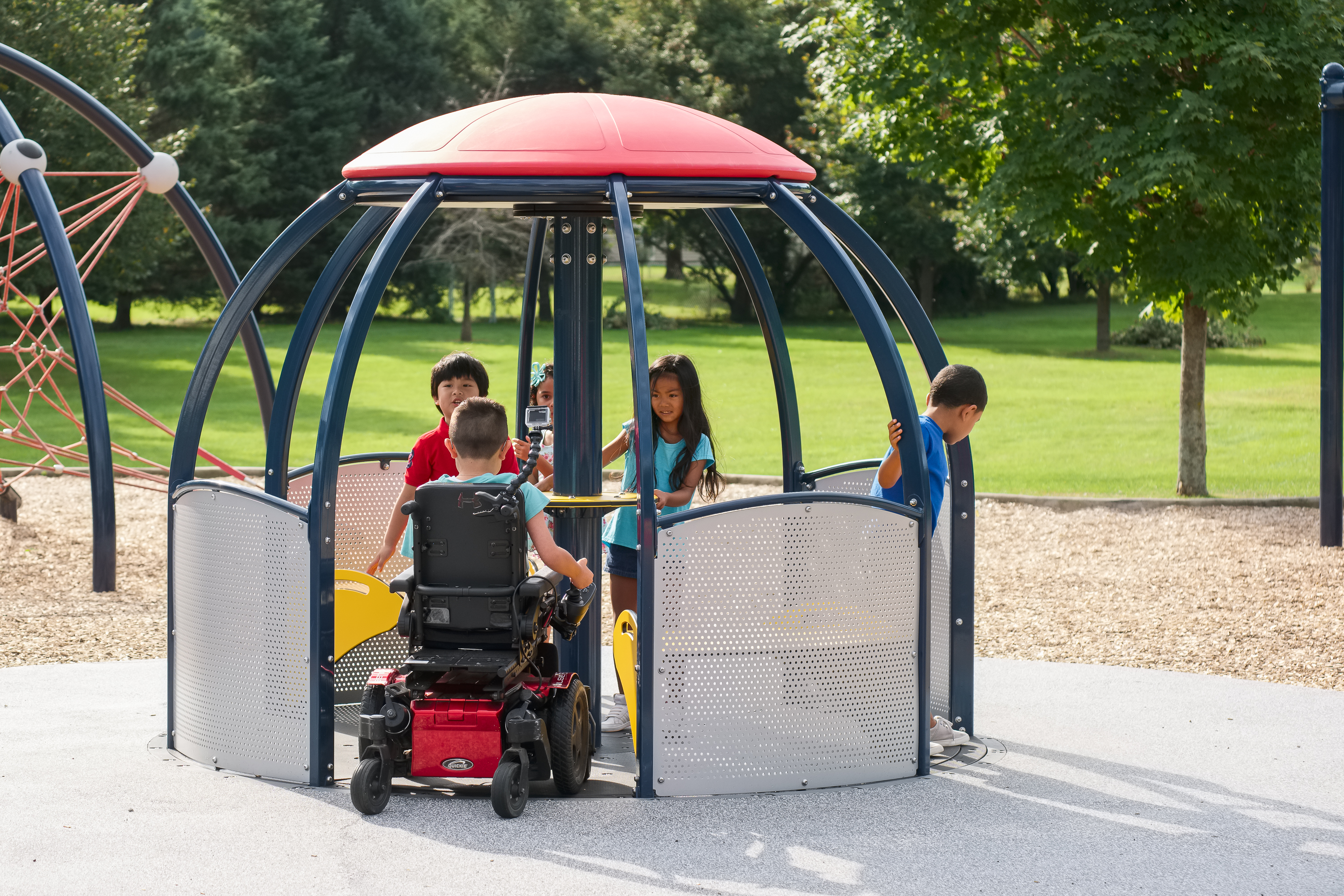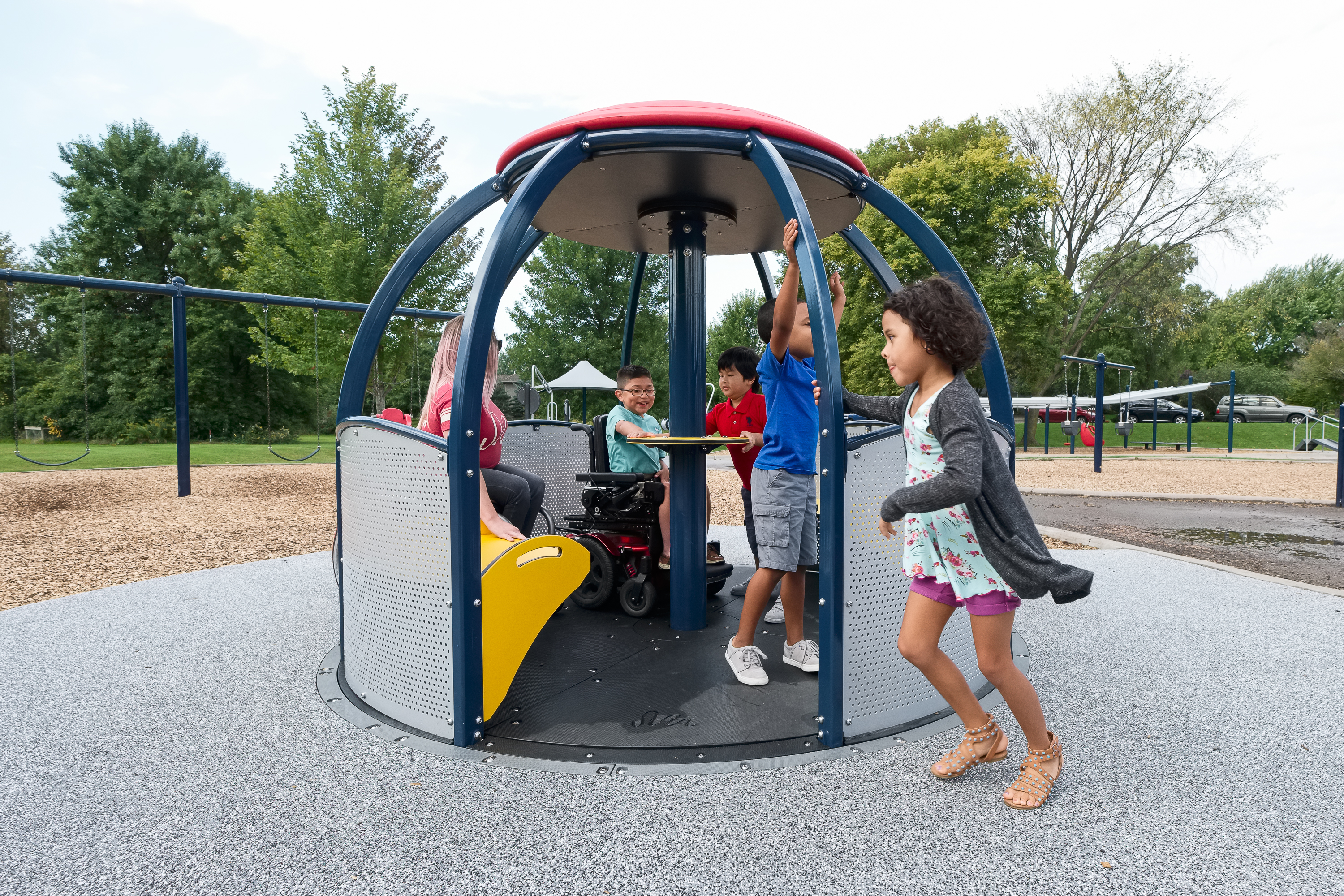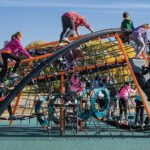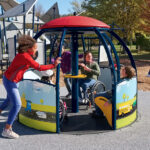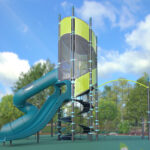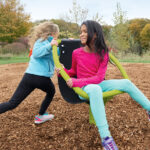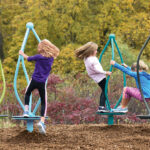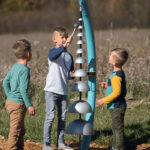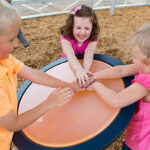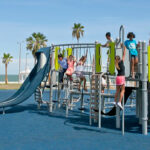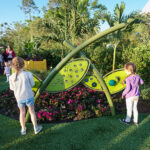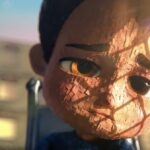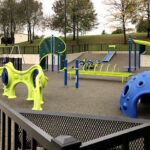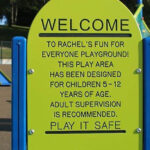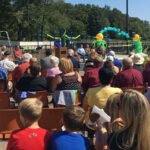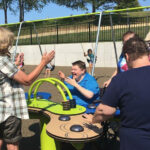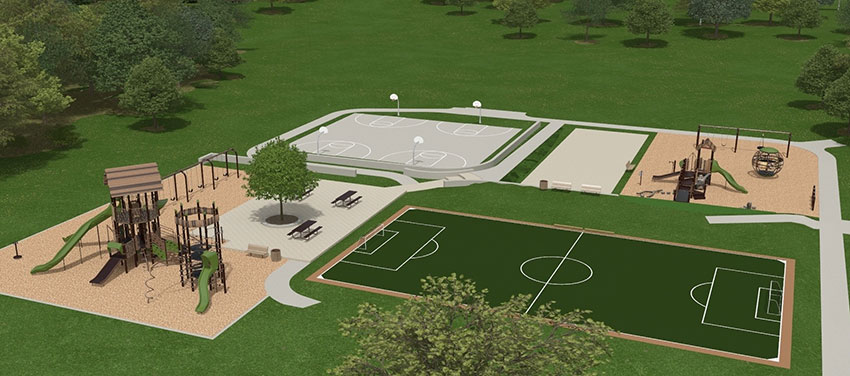Planning a community splash pad can be an intimidating process. There are many aspects to consider in order to make the investment a success. In this series, we will be offering guidance on what to expect, steps to take, and elements to consider during the planning process!
There are many benefits to investing in a community splash pad. One of the long-term benefits is the revenue that residents and non-residents bring into the community along with the added appeal of living in that area. Attracting people means attracting money and patronage to the community. Patrons eat at restaurants, go to movies, buy gas, and go shopping whether they are living there or visiting. Adding to inclusive play opportunities for children is another important benefit. People who are looking for inclusive areas that are built with their children in mind can appreciate design intended for their kids’ physical and mental needs. Inclusive water play may be one of the only public areas that caters to all ages and abilities. Overall, splash pads can benefit a community both socially and economically.
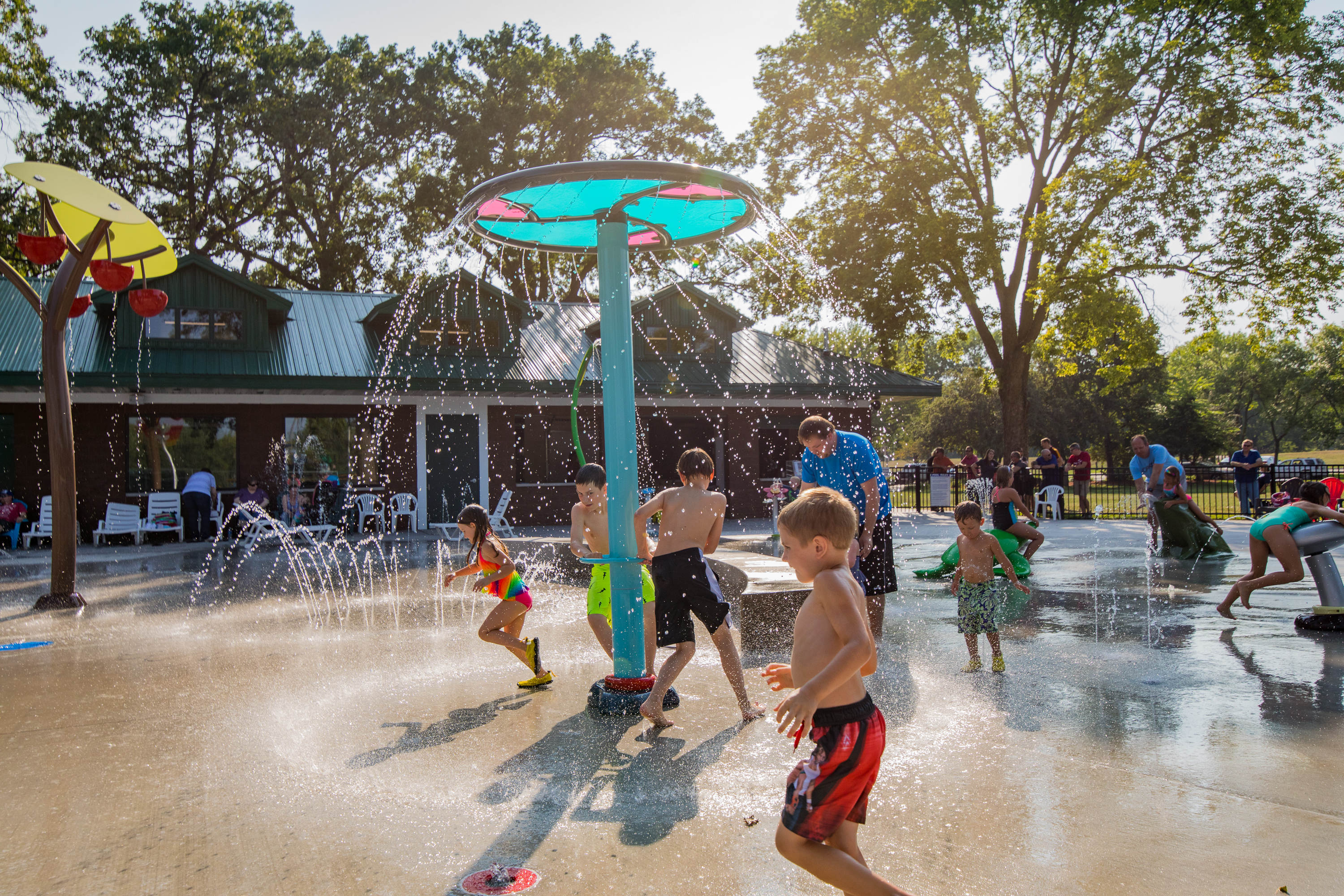
Pre-Planning Steps
Progressive cities should develop a coordinated system of parks and open space to meet the recreation aspects of urban life. This system, when properly planned, will maintain a consistent ratio between the park system and the developing population. The system will also develop a program consistent with the specific needs of the population. Finally, the system will develop a plan for future development to meet the demands of a growing population.
During the planning and development phase public officials should have an in depth knowledge of the communities needs based on resources, age demographics, future community growth, maintenance capabilities, expansion, location and funding. This should be accomplished based on past history and future expectations.
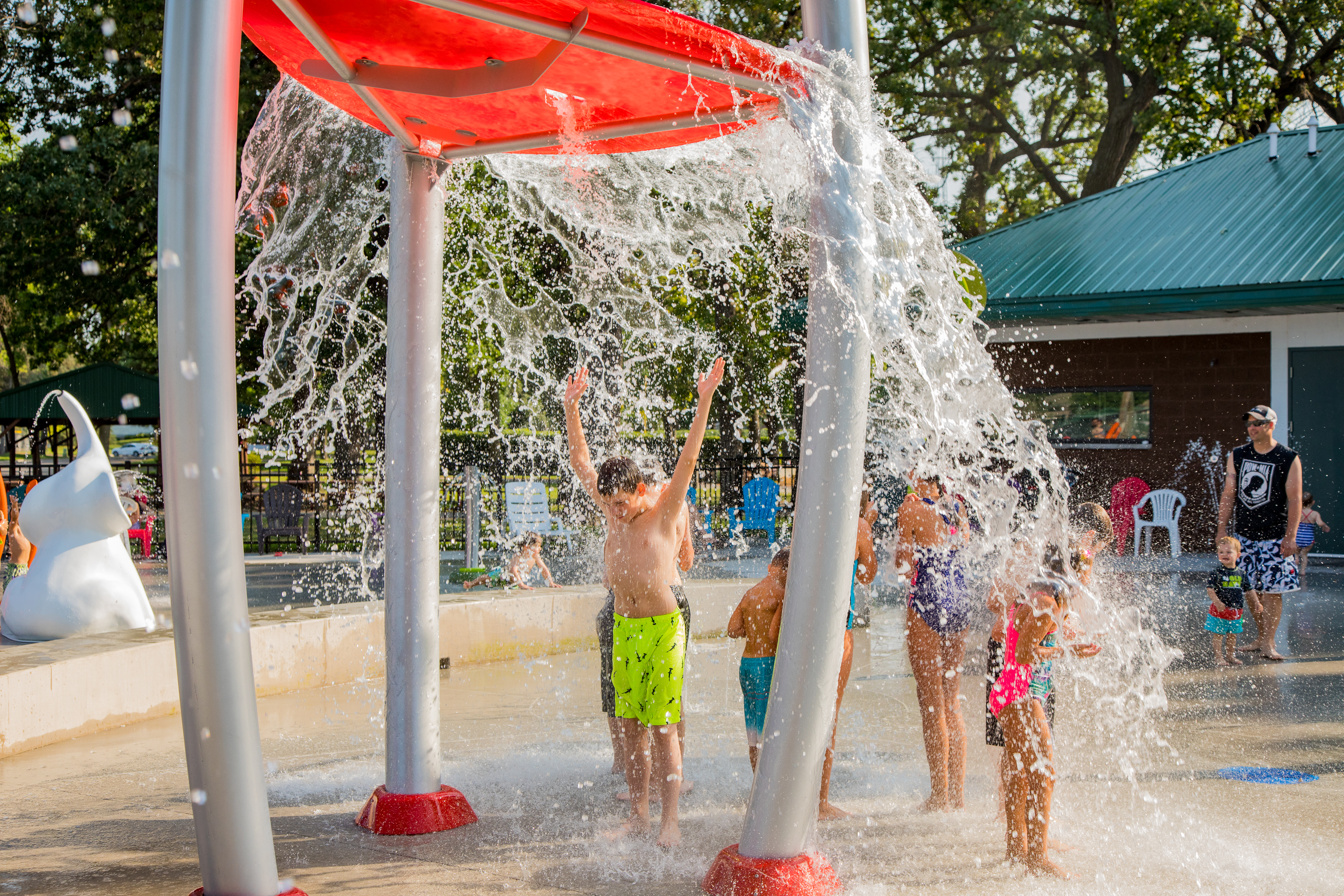
History of the Park & Recreation Department: The first section of a plan gives the community a historical context in which to view the department and provides details as to how and why city leaders determined the need and created the department. This section is relevant to the plan because it allows the plan user and community to discover the progress which has already been made in parks and recreation in the city.
Introduction to a Master Plan: This section briefly describes that many progressive cities adopt coordinated parks system plans and explains the purposes of the plan. The section provides a preview of the contents of the overall master plan. Plus, it will define the overall park system by type and size facility. It will then project future needs both in terms of land and physical fixtures. Finally, it will provide a basis for a long-range capital improvements program, and provide for flexibility in the design and construction of individual parks.
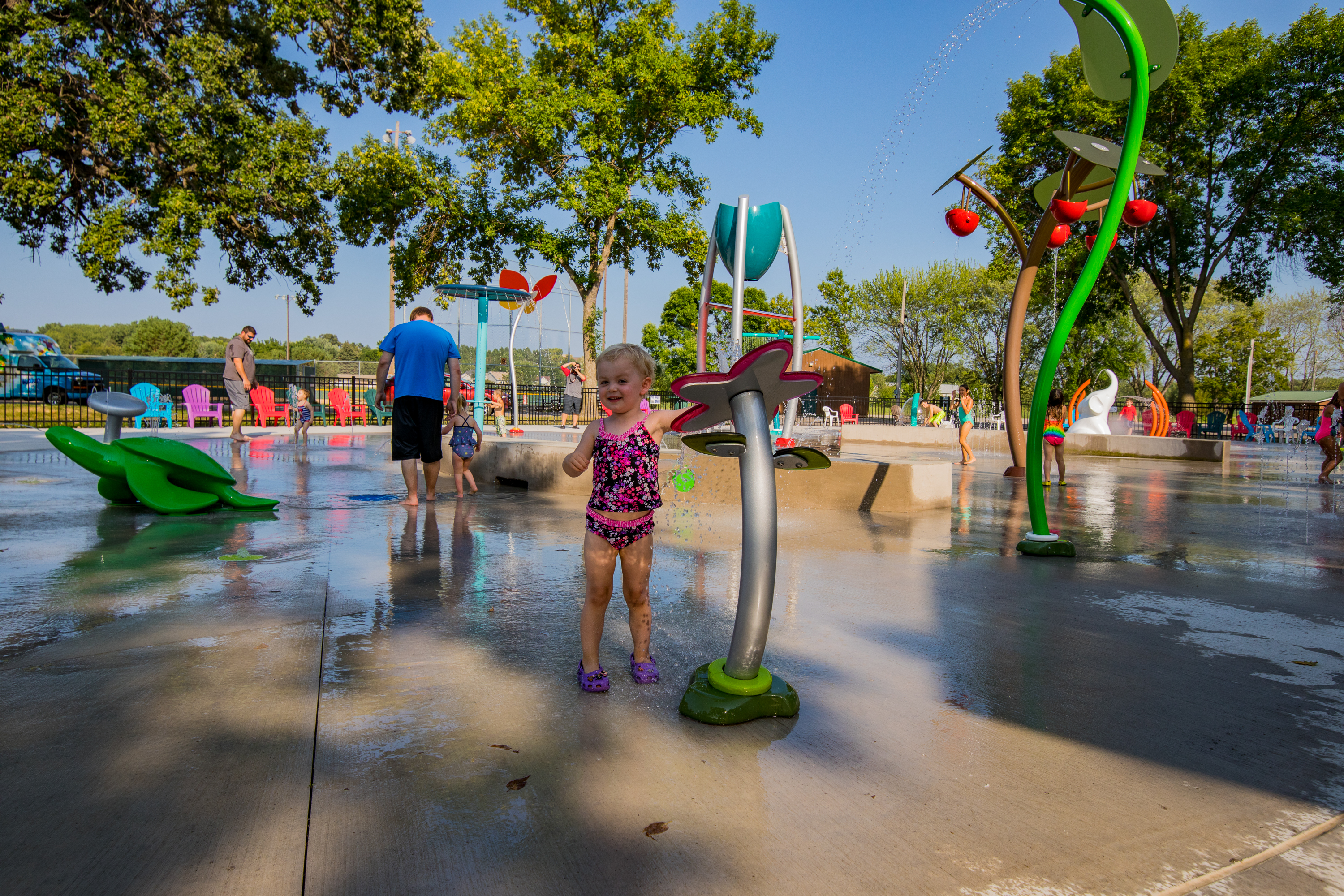
Analysis of the City: A section detailing information on demographics, projected population, and observed needs of the city’s existing and future population. This is an important section of the plan because it details who will be utilizing the splash pad in the future and what their recreational needs may be.
Profile of the Existing Parks and Recreation System: This section details the size, location, and facilities of each park, and all programs currently sponsored by local sports associations as well as the parks department. This section is important to the plan in that it provides information in which a sort of “state of the system” or status of the parks system may be ascertained.
These sections provide a complete overview of the scope of a recreation facility project such as a splash pad and can be referenced by all those involved for a more cohesive understanding of the details of the project.
Stay tuned for the next installment of in our series about creating a community splash pad!
